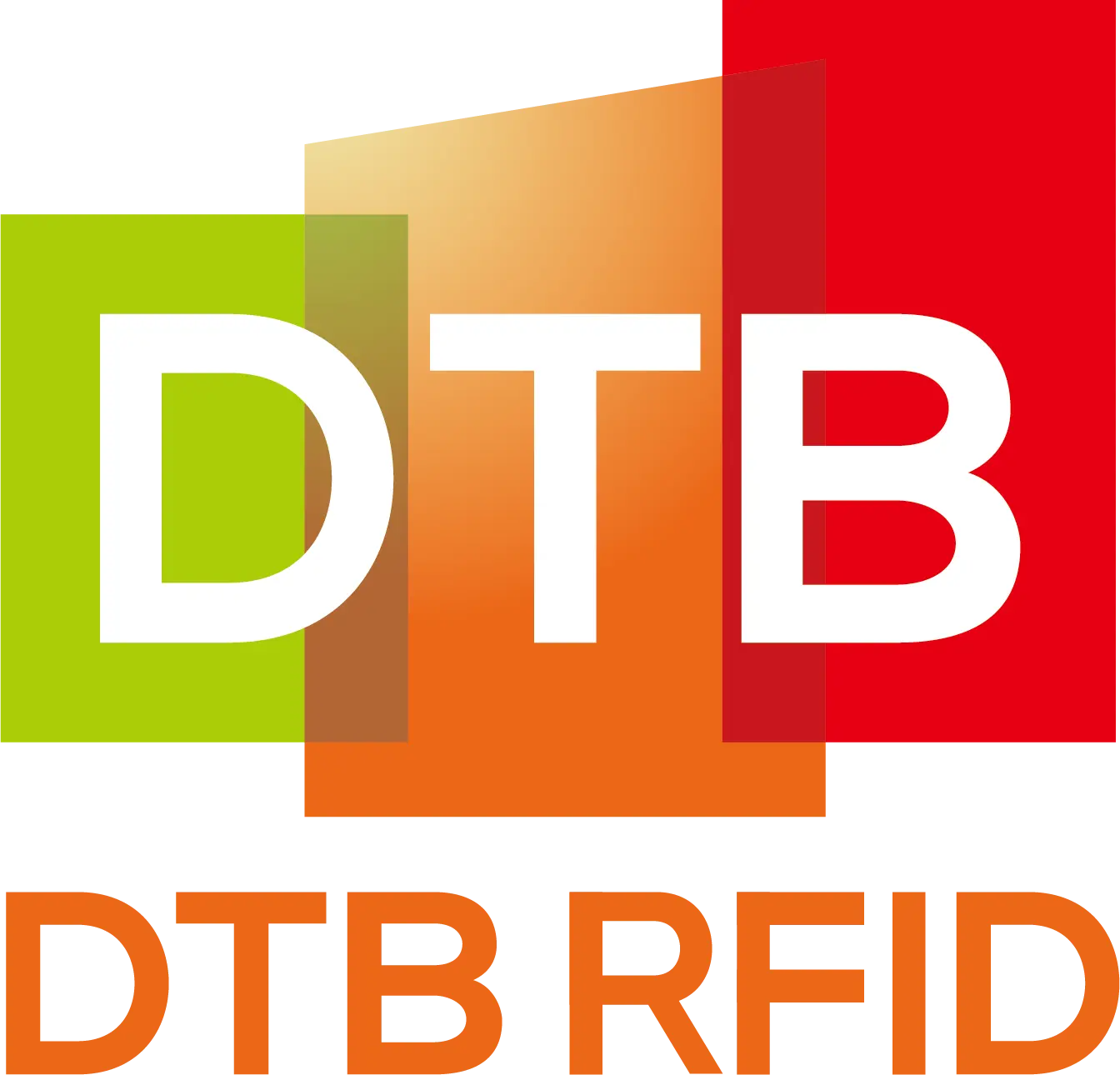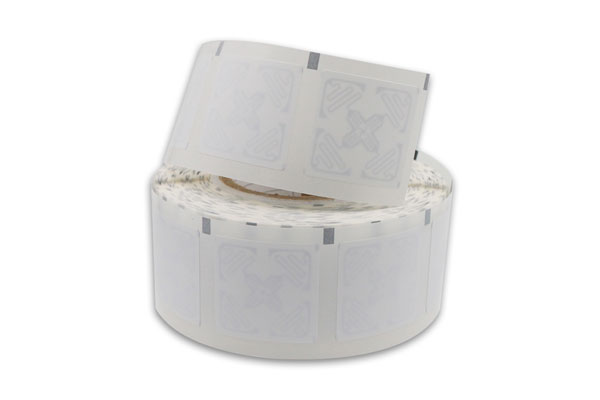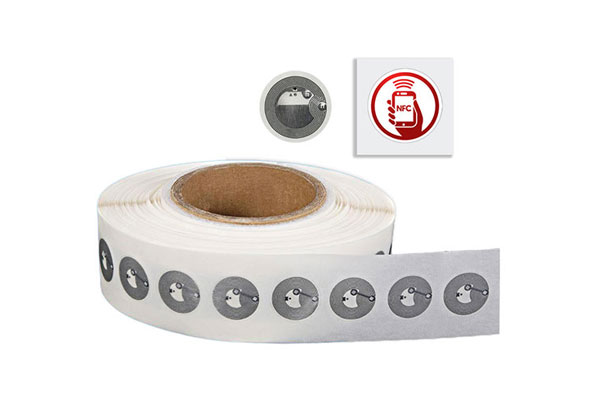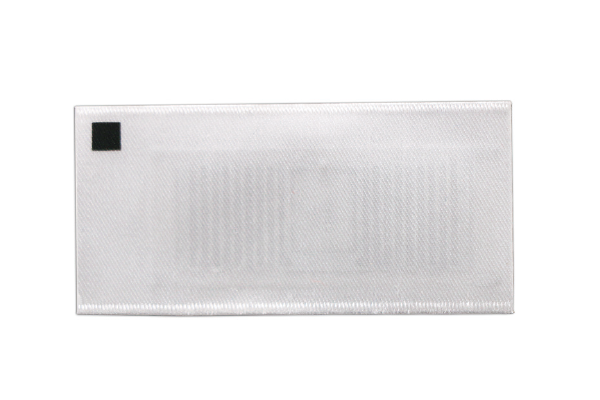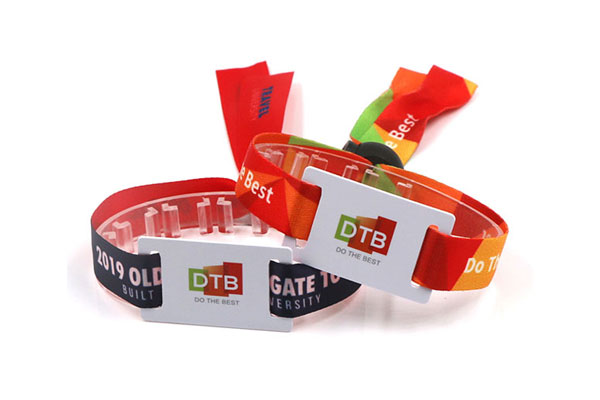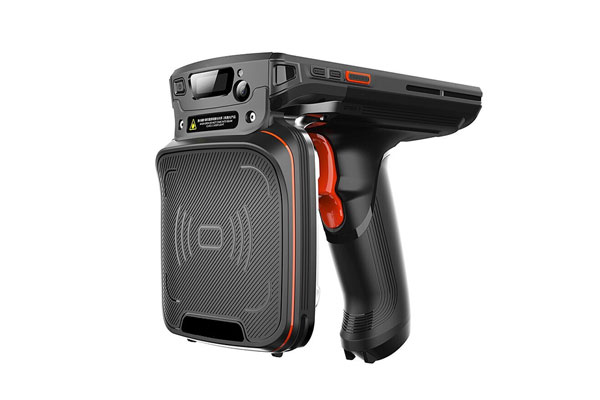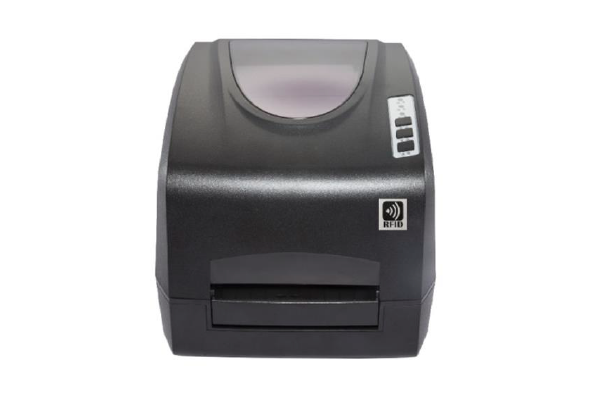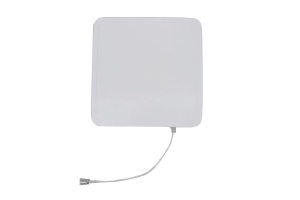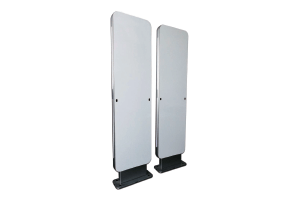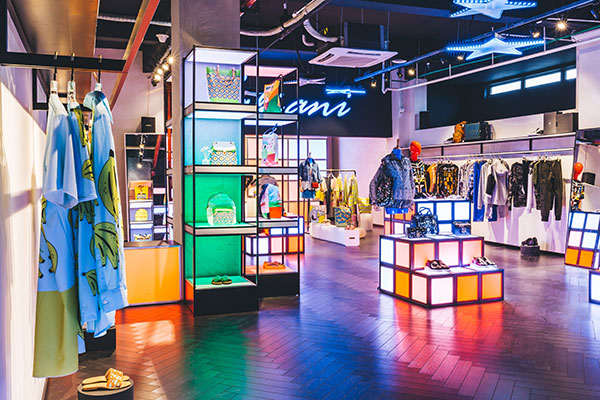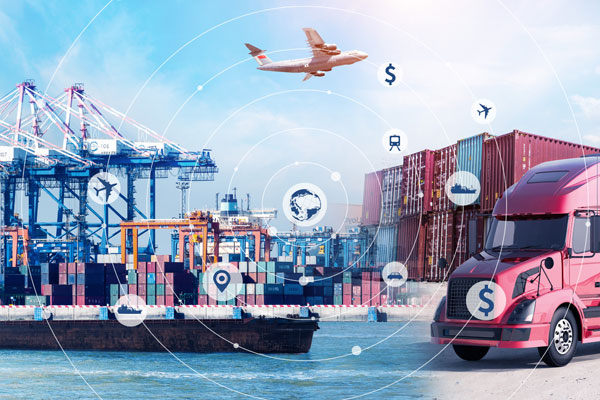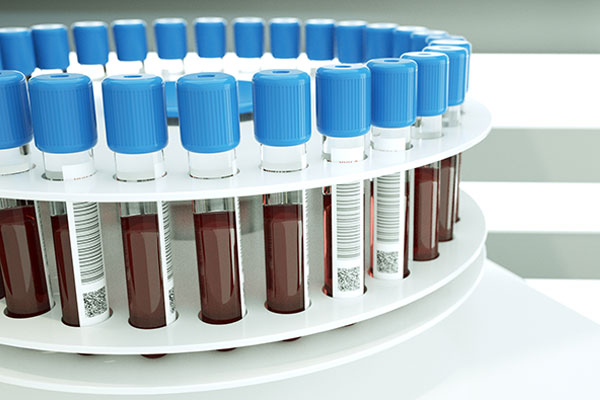Cold chain supply systems are a critical link in the transportation of perishable goods such as pharmaceuticals, dairy products, meat, seafood, and fresh produce. Maintaining precise temperature control throughout the entire logistics cycle (from production to consumption) is critical to ensuring safety, quality, and compliance.
RFID can enhance the integrity of the cold chain, reduce losses, and improve operational efficiency by enabling real-time visibility, temperature monitoring, and automation.
1. RFID in Cold Chain Logistics
RFID technology uses radio waves to identify and track tags attached to objects. It consists of three key components:
RFID Tags: Embedded with microchips and antennas, they store information and communicate with readers.
RFID Readers: These send and receive signals to/from RFID tags.
Backend Software Systems: They process the data collected from RFID readers and integrate with enterprise systems such as ERP, WMS, and TMS.
In cold chain applications, sensor-enabled RFID tags (also known as data loggers or temperature-sensing RFID tags) are used. These advanced tags can continuously monitor environmental parameters like temperature, humidity, and shock, and transmit the data wirelessly.
There are different RFID frequencies used:
LF (Low Frequency, ~125 kHz): Suitable for short-range identification, less commonly used in cold chains.
HF/NFC (13.56 MHz): Mid-range, can be useful in inventory checks and near-field temperature logging.
UHF (860–960 MHz): Ideal for long-range, high-speed tracking in warehouse and transportation environments.
2. Operational Workflow in a Cold Chain Using RFID
Implementing RFID into the cold chain involves several key stages:
a. Tagging at Origin
Products or pallets are tagged with RFID labels or embedded sensor tags at the manufacturing or packaging site. These tags can include product information (e.g., batch number, expiration date) and are programmed to begin monitoring temperature upon activation.
b. Warehouse and Storage Monitoring
RFID readers installed at storage facility entrances, exits, and specific zones continuously monitor the tagged items. RFID temperature sensors track the cold room’s internal conditions, triggering alerts if deviations occur from the specified temperature range.
c. Transportation Tracking
During transit, RFID sensors embedded within the cargo or containers monitor and log temperature data. Passive RFID tags can log data for later retrieval, while active or semi-passive tags can transmit real-time temperature and location data via gateways (e.g., GSM, GPS, or LoRa-enabled devices).

d. Receiving and Validation
Upon delivery, RFID readers at the receiving dock verify the shipment’s identity and inspect logged temperature history. This ensures that the cold chain has been maintained without breaches. Any temperature excursions can be identified and acted upon before the goods reach the consumer.
e. Integration with Blockchain or Cloud
RFID-collected data can be integrated with blockchain or cloud systems for immutable, shareable, and transparent recordkeeping. This is especially important in pharmaceutical logistics to ensure regulatory compliance (e.g., FDA, WHO, or EU GDP).
3. RFID Cases
Case Study 1: Pfizer – Vaccine Cold Chain Monitoring
During the distribution of its COVID-19 vaccines, Pfizer implemented an RFID-based temperature tracking system that utilized thermal sensors and RFID-enabled shipping containers. Each container was equipped with a GPS and temperature sensor system linked to cloud servers via cellular networks.
Impact: Pfizer could remotely monitor vaccine conditions across all transit phases and ensure real-time intervention if anomalies were detected.
Result: Vaccine spoilage was minimized, and deliveries met strict regulatory requirements in global markets.
Case Study 2: Carrefour – Fresh Produce Traceability
European retail giant Carrefour deployed UHF RFID tags for fresh fruits and vegetables, tagging crates at the source and tracking them through distribution centers to stores.
Impact: The system allowed Carrefour to identify delays or temperature excursions at any point.
Result: Improved shelf-life estimation, enhanced consumer trust, and significant waste reduction (estimated 10–15% decrease in spoilage rates).
Case Study 3: Kuehne+Nagel – Pharmaceutical Freight
The global logistics company Kuehne+Nagel deployed RFID temperature sensors in pharmaceutical shipments for its clients. The solution used semi-passive RFID tags that recorded temperature every 10 minutes and uploaded data at key logistics points.
Impact: Full audit trails, rapid quarantine of compromised products, and improved SLA performance.
Result: Cost savings on rejected shipments and compliance with Good Distribution Practice (GDP) standards.
4. Cost-Benefit Analysis
While RFID systems require initial investment, the return on investment (ROI) is measurable and significant. Here’s a breakdown:
a. Costs Involved
RFID Tags: $0.10–$1.00 per unit for standard tags; $2.00–$20.00 for sensor-enabled tags.
RFID Readers: $500–$3,000 per unit depending on range and installation complexity.
Software & Integration: Custom systems or cloud-based SaaS can range from $10,000 for small operations to $100,000+ for enterprise-wide solutions.
Maintenance and Training: Ongoing costs may include software updates, staff training, and hardware servicing.
b. Economic Benefits
Reduction in Spoilage: RFID monitoring can reduce temperature-related spoilage by 30–50%.
Labor Savings: Automation of inventory checks and shipment verification can reduce manual labor by 25–40%.
Faster Recall Management: In the event of a recall, RFID data enables precise product traceability, reducing scope and associated costs.
Regulatory Compliance: Avoidance of fines or loss of license due to better documentation and adherence to regulations.
Sample ROI Calculation:
A pharmaceutical company shipping 10,000 temperature-sensitive packages annually experiences a spoilage rate of 5% (~500 packages). At $100 per package, the loss is $50,000 annually.
By deploying RFID temperature sensors at $5 per tag, the company spends $50,000. If spoilage drops by 80% (400 packages saved), it saves $40,000 in the first year—nearly covering costs and improving compliance.
Conclusion
While initial setup costs may be high, the long-term benefits in reduced waste, improved compliance, and automation far outweigh the investment—making RFID a vital pillar of the modern cold chain ecosystem.
